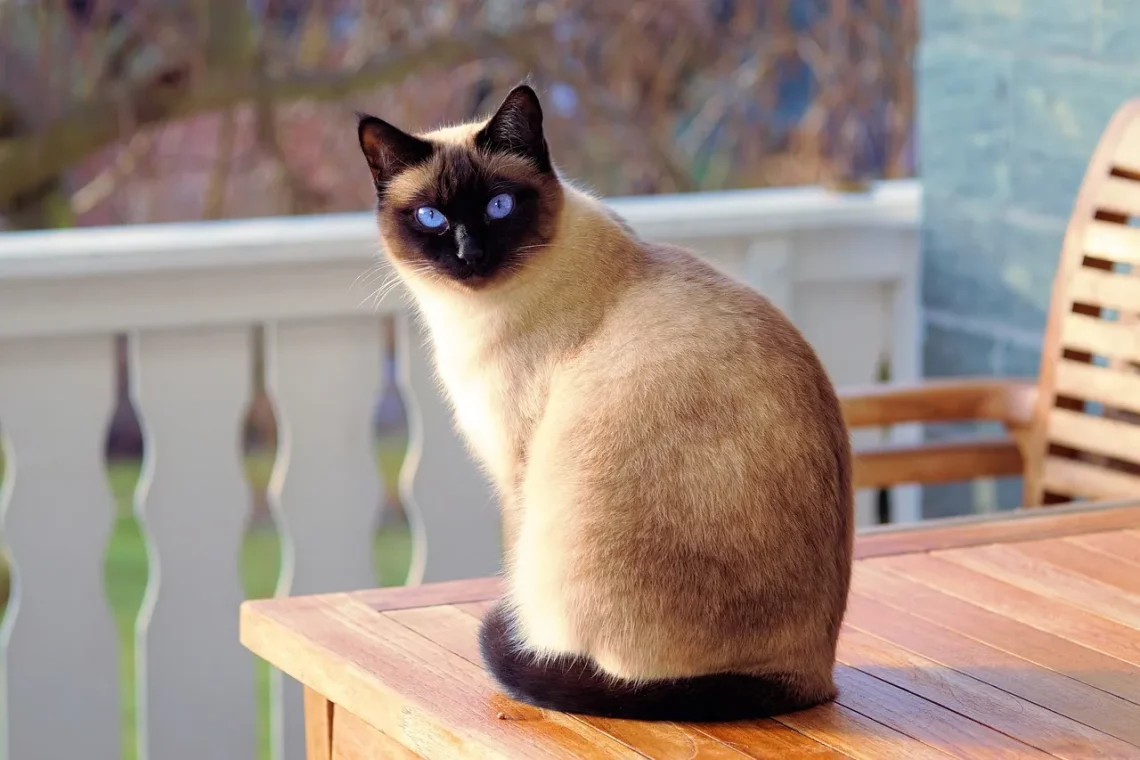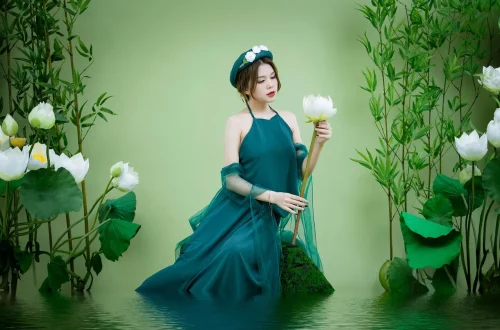
Exploring the Beauty and Craftsmanship of Soapstone Cats
The allure of soapstone cats transcends mere aesthetics; they embody a rich tapestry of cultural significance, artistic expression, and craftsmanship. These captivating figurines, carved from soapstone—a metamorphic rock renowned for its softness and workability—have become cherished artifacts in various cultures around the globe. The enchanting qualities of soapstone allow artisans to create intricate designs that highlight both the beauty of the stone and the skill of the creator.
In a world where mass-produced items dominate, soapstone cats stand out as unique, handcrafted treasures. Each piece is a testament to the artisan’s dedication and creativity, making them not just decorative objects, but also pieces of art imbued with stories and traditions. The soft, smooth texture of soapstone, combined with its ability to hold intricate details, makes it an ideal medium for sculpting whimsical feline figures.
Moreover, the diverse range of colors and patterns found in soapstone adds another layer of appeal. From earthy greens to rich browns and soft grays, each cat possesses its own distinct personality, reflecting the natural beauty of the stone. As we delve deeper into the world of soapstone cats, we will uncover the artistry, cultural significance, and the joy these figures bring to their owners.
Artistry and Techniques in Soapstone Carving
Soapstone carving is an ancient craft that has been practiced for centuries, with roots tracing back to various indigenous cultures. The artistry involved in creating soapstone cats requires not only technical skill but also a deep understanding of the material itself. Artisans often begin their work by selecting the right block of soapstone, considering factors such as color, grain, and texture.
The carving process itself is both an art and a science. Soapstone is relatively soft compared to other stones, making it easier to carve with hand tools. Artisans typically use chisels, rasps, and files to bring their visions to life. The initial rough shape is carved out, followed by more detailed work to refine the features of the cat. This process can take many hours, sometimes even days, depending on the complexity and size of the piece.
Once the basic form is established, artisans pay close attention to the details that will make each cat unique. The eyes, whiskers, and fur patterns require precision and artistry, as these elements breathe life into the figurine. After the carving is complete, the soapstone is polished to a high sheen, enhancing its natural beauty and ensuring a smooth finish.
The techniques used vary among artisans, with some preferring traditional methods passed down through generations, while others may incorporate modern tools and technologies. Regardless of the method, the passion and commitment to quality remain constant. Each soapstone cat is not just a product; it is a labor of love, reflecting the artist’s soul and vision.
The Cultural Significance of Soapstone Cats
Soapstone cats hold deep cultural significance in various societies, symbolizing different values and traditions. In many cultures, cats are revered as symbols of protection, mystery, and independence. The act of crafting a soapstone cat can be seen as a tribute to these qualities, encapsulating the essence of the feline spirit within each piece.
In some Indigenous cultures of North America, soapstone carvings are more than mere decorative objects; they serve spiritual purposes as well. They are often believed to bring good luck and protection to the home, making them popular gifts for new homeowners or those embarking on new journeys. The act of gifting a soapstone cat is seen as a way to share blessings and positive energy.
Moreover, in various Asian cultures, cats are seen as symbols of prosperity and good fortune. They are often depicted in art and folklore, where they are celebrated for their grace and agility. Soapstone cats, in these contexts, may be crafted with specific designs that reflect auspicious symbols, further enhancing their significance.
As globalization spreads, the appreciation for soapstone cats has transcended geographical boundaries, attracting collectors and enthusiasts from all walks of life. This cross-cultural exchange enriches the narrative surrounding these figures, allowing them to embody a fusion of traditions and artistic expressions.
Choosing and Caring for Soapstone Cats
When selecting a soapstone cat, it’s essential to consider both aesthetic and practical aspects. Look for unique features that resonate with your personal taste—these could be the color variations, the intricacy of the design, or the overall shape. As each piece is handcrafted, no two soapstone cats are identical, making them perfect for collectors who appreciate individuality.
Additionally, the size of the cat can influence its placement in your home. Smaller figurines may be ideal for shelves and desktop displays, while larger pieces can serve as statement decorations in living rooms or entryways. Consider how the cat will fit into your existing decor and what message you want it to convey.
Caring for soapstone cats is relatively straightforward, allowing you to enjoy their beauty without excessive maintenance. Regular dusting with a soft cloth will keep them looking pristine. If the surface becomes dull, a gentle polish with a soft cloth can restore its shine. Avoid harsh chemicals or abrasive cleaning materials, as these can damage the stone.
It’s important to keep soapstone cats away from direct sunlight for extended periods, as prolonged exposure can cause discoloration. Additionally, while soapstone is relatively durable, it is still a natural stone, so handle your figurines with care to prevent chipping or breakage.
By choosing and caring for your soapstone cat thoughtfully, you not only preserve its beauty but also honor the artistry and cultural significance it represents.
The Joy of Collecting Soapstone Cats
Collecting soapstone cats can be a rewarding hobby, offering both aesthetic pleasure and an opportunity to appreciate craftsmanship from around the world. Each piece tells a story, whether it’s the cultural background of the artisan or the unique characteristics of the stone itself.
For many collectors, hunting for new additions can be an adventure. Visiting craft fairs, artisan markets, and online platforms opens the door to discovering diverse styles and techniques. Each acquisition becomes a cherished part of a growing collection, transforming into a personal gallery of art.
Moreover, collecting soapstone cats fosters a sense of community among enthusiasts. Sharing stories, tips, and experiences with fellow collectors can enhance the joy of the hobby. Social media platforms and online forums provide spaces for collectors to showcase their collections, learn about different artisans, and discuss the nuances of soapstone craftsmanship.
As your collection grows, you may find that each cat serves as a reminder of special moments, travels, or connections made along the way. From a decorative standpoint, a well-curated collection can become a focal point in your home, sparking conversations and admiration from guests.
In conclusion, the world of soapstone cats is rich with history, culture, and artistry. By exploring this captivating realm, you not only appreciate the beauty of these figures but also engage with the stories and traditions that shape them. Whether as a collector, a gift-giver, or a lover of art, soapstone cats offer timeless charm and significance.




